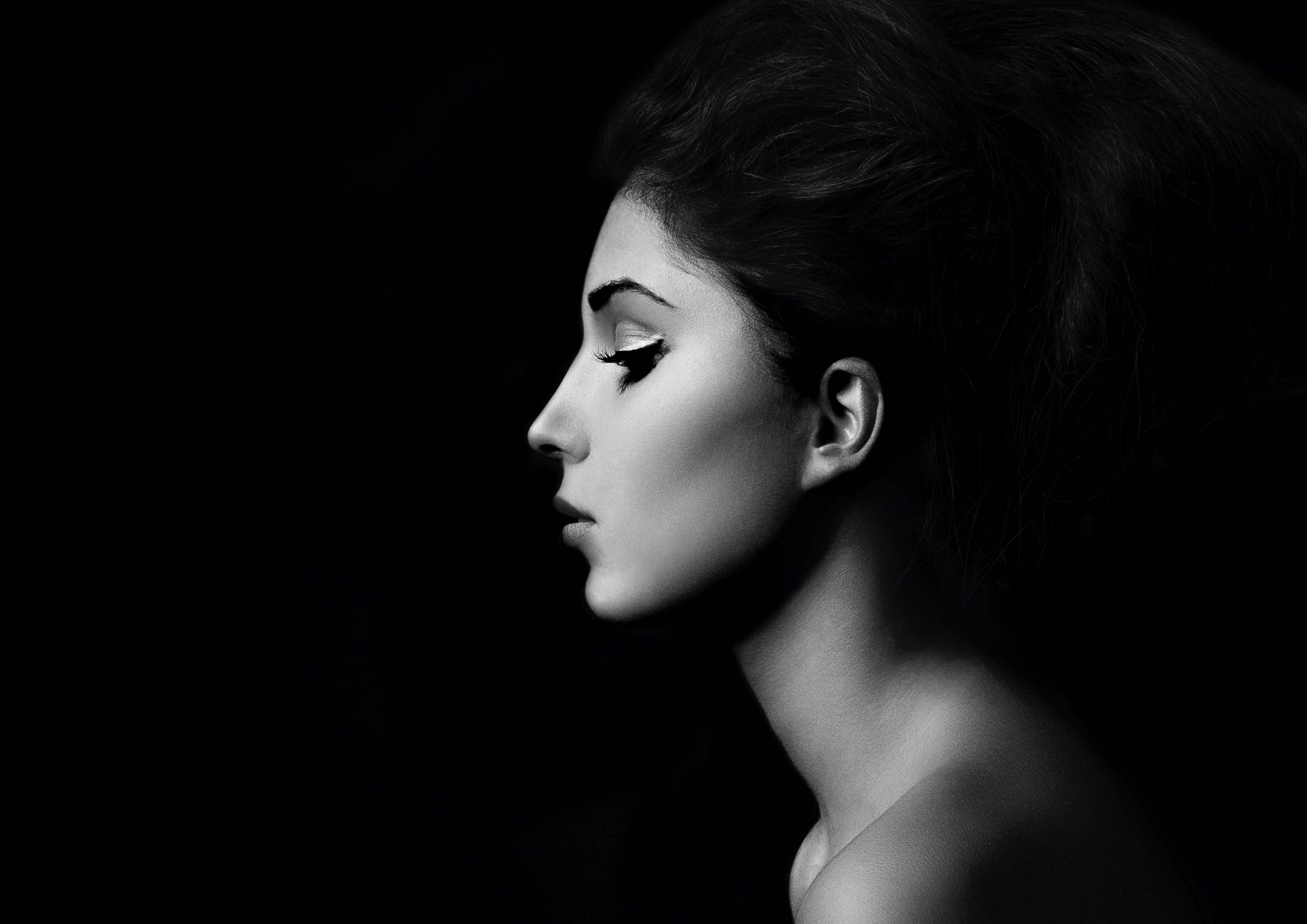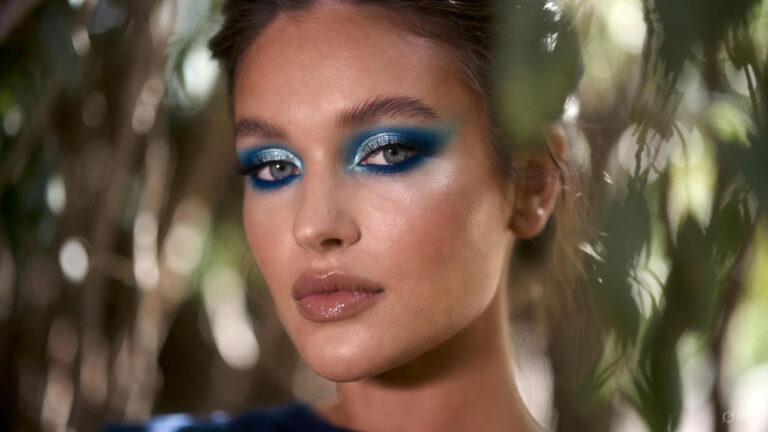Makeup trends come out and fade away with the seasons. However, what many may not realize is that these trends often find their roots in the world of art. From the brushstrokes of the Renaissance to the abstract expressions of modern art, the influence of art movements on makeup trends is profound and enduring.
This article delves into the captivating relationship between art movements and the ever-changing landscape of beauty, unraveling the inspirations and transformations that have shaped makeup through the ages.
The Impressionist Palette: Soft Hues and Playful Blurs
The Impressionist movement, characterized by its emphasis on light and color, has left an indelible mark on the world of makeup. Just as artists like Monet and Renoir used soft brushstrokes to create dreamy landscapes, makeup enthusiasts adopted a palette of pastels and light hues.
Soft pinks, lilacs, and blues became staples, with a focus on creating a radiant, sun-kissed glow. The Impressionist influence ushered in an era of subtlety, where makeup aimed to enhance natural beauty rather than mask it.
The Roaring Twenties: Art Deco Elegance and Bold Red Lips
The Roaring Twenties, marked by jazz, flapper dresses, and economic prosperity, saw the rise of the Art Deco movement. This era’s makeup trends were a stark departure from the softness of the previous decades.
Art Deco’s emphasis on symmetry and bold geometric shapes translated into makeup with sharply defined lines, dramatic eyes, and, most notably, bold red lips.
The iconic flapper look, characterized by a cupid’s bow pout and kohl-rimmed eyes, reflected the dynamism and rebellious spirit of the Jazz Age.
Surrealism: Dali-Inspired Boldness and Avant-Garde Makeup
Surrealism, with its dreamlike and fantastical imagery, inspired a shift towards avant-garde makeup. The works of Salvador Dali and his surreal contemporaries influenced makeup artists to experiment with bold and unconventional looks.
Eyes became canvases for artistic expression, with exaggerated shapes, unusual color combinations, and even the incorporation of surreal elements like tiny drawings or unconventional accessories.
Surrealist makeup embraced the idea that the face could be a living piece of art, challenging traditional norms.
Pop Art Explosion: Vibrant Colors and Graphic Lines
The Pop Art movement of the 1960s, with its bold colors and graphic imagery, had a profound impact on makeup trends. Iconic figures like Andy Warhol and Roy Lichtenstein inspired makeup artists to embrace vibrant, eye-catching hues.
Electric blues, fiery reds, and sunshine yellows adorned eyelids, while graphic lines and dots were used to create playful, cartoonish effects.
The makeup of this era mirrored the exuberance and energy of the Pop Art movement, introducing a sense of fun and experimentation.
Minimalism and Contouring: The Influence of Minimalist Art
The late 20th century saw a resurgence of minimalism in art, and this simplicity translated into makeup trends. The focus shifted to flawless, natural-looking skin with subtle enhancements.
Inspired by artists like Donald Judd and Agnes Martin, makeup enthusiasts embraced contouring techniques to highlight facial features with precision. Neutral tones and clean lines became key elements, reflecting the minimalist aesthetic of the art world.
Contemporary Art and Makeup: Individual Expression and Diversity
In the 21st century, makeup trends draw inspiration from a diverse range of art movements, reflecting the eclectic nature of contemporary art. From the fluidity of street art to the boundary-breaking spirit of conceptual art, makeup has become a canvas for individual expression.
The rise of social media platforms has further fueled a makeup revolution, with beauty enthusiasts sharing and celebrating a multitude of styles, colors, and techniques.
Conclusion
The intersection of art movements and makeup trends is a testament to the enduring influence of creativity on self-expression. From the soft, dreamy hues of Impressionism to the bold lines of Art Deco, each movement has contributed to the evolution of beauty standards and makeup artistry. As we continue to embrace diversity and individuality in the world of makeup, the connection between art and beauty remains a powerful source of inspiration.
FAQs
Q1: How can I incorporate the soft hues of Impressionism into my everyday makeup?
To capture the soft, dreamy essence of Impressionism, opt for a pastel palette with light pinks, lilacs, and blues. Focus on creating a radiant, sun-kissed glow using soft and blendable textures.
Q2: What defines the Art Deco makeup look, and how can I achieve it?
The Art Deco makeup look is characterized by bold red lips, defined eyes, and a focus on symmetry. Achieve this look by using rich red lipstick, sharp eyeliner, and well-defined brows for a touch of 1920s elegance.
Q3: How can I experiment with avant-garde makeup inspired by Surrealism?
Surrealist makeup allows for artistic expression. Experiment with bold shapes, and unconventional color combinations, and even incorporate small drawings or accessories on your face. Embrace the unconventional and let your creativity shine.



